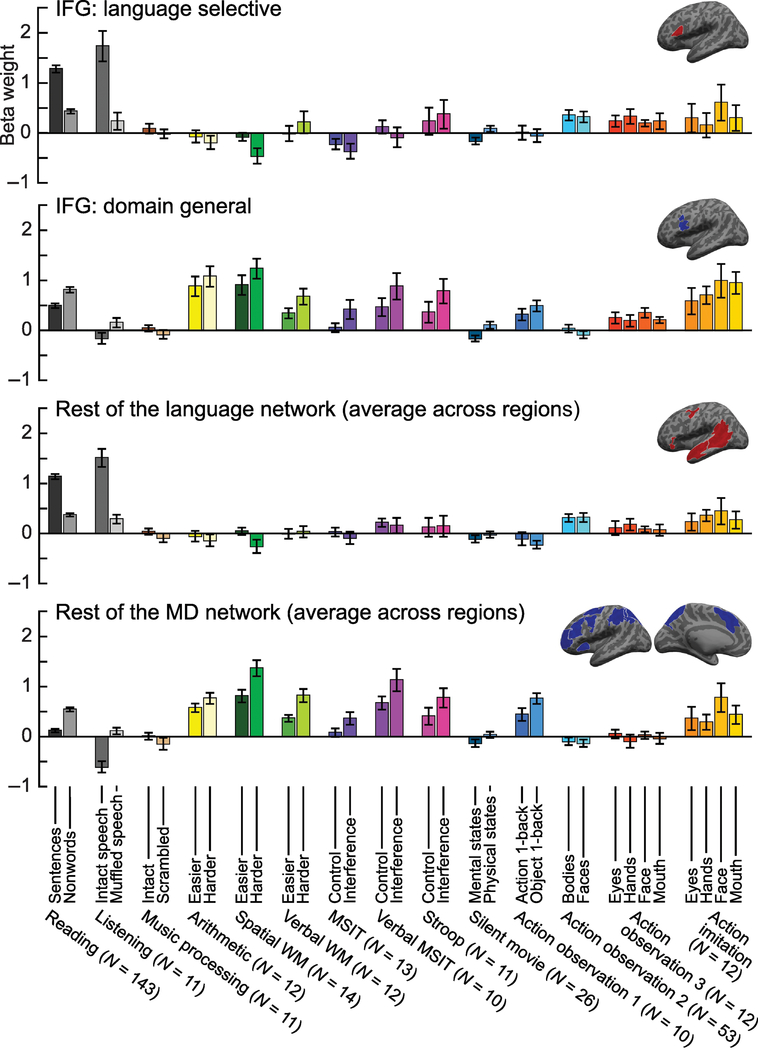Figure 2. Two regions within Broca’s area and their associated networks.
Response profiles of functionally-defined regions within Broca’s area (top two bar graphs), separately for its language-selective and domain-general MD regions (sources of the data: [16,41,53,58,62–63]). The former region responds selectively to language across modalities (reading and listening) but shows low responses to linguistically/acoustically degraded controls as well as a wide array of non- linguistic stimuli and tasks (music, arithmetic, spatial and verbal working memory, cognitive control tasks, physical and mental events, and action observation). The latter region, in contrast, scales its response with processing demands in both the linguistic domain (where degraded control materials are harder to process than intact input) and multiple, non-linguistic domains. The bottom two bar graphs show the response profiles across the rest of the language network (averaged across 4 regions) and the rest of the MD network (averaged across 18 regions). Note the similarity between the response profile of the language-selective IFG region and the language network, on the one hand, and the domain-general IFG region and the MD network, on the other hand. All regions within and outside the IFG were functionally defined in individual participants using the corresponding contrasts (Figure 1a). The locations of these functional regions were constrained to fall within large areas of cortex that contain the activations of most participants in prior studies (these areas are colored on the inflated brain images on the top-right corner of each panel).

